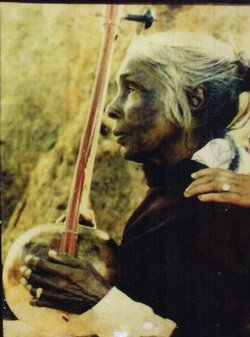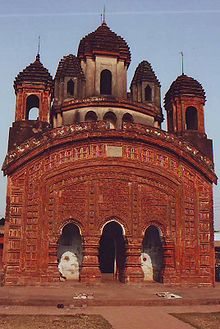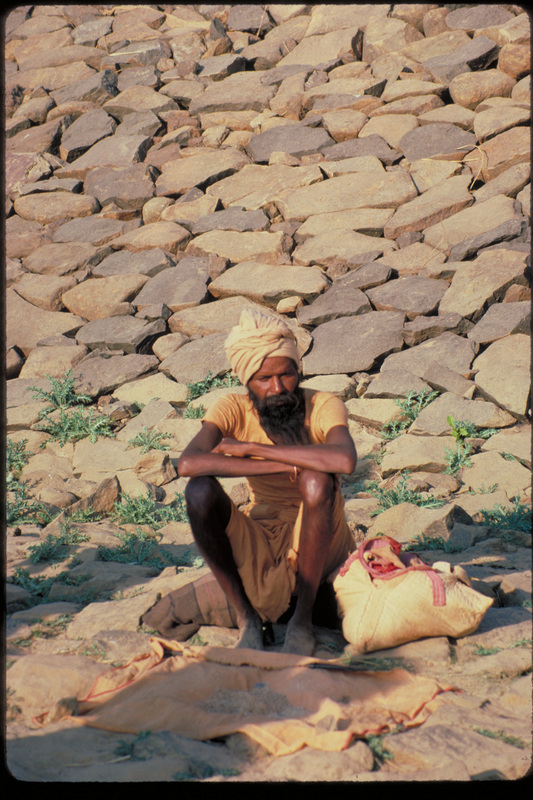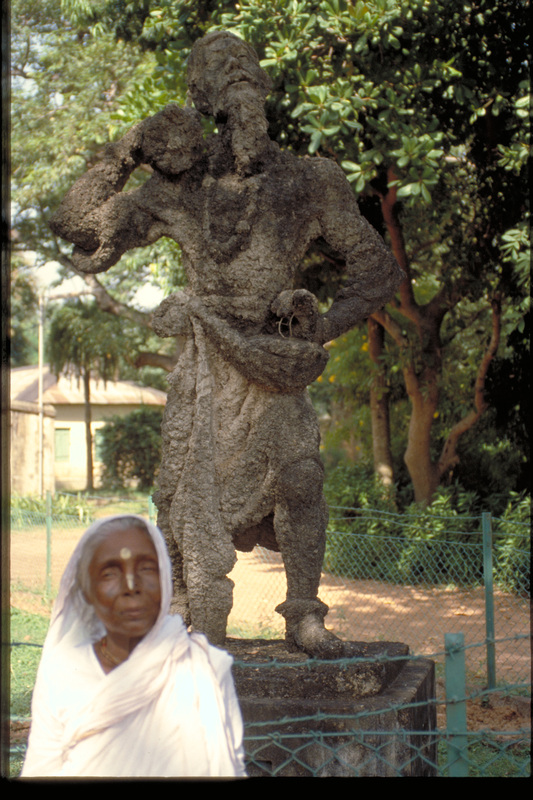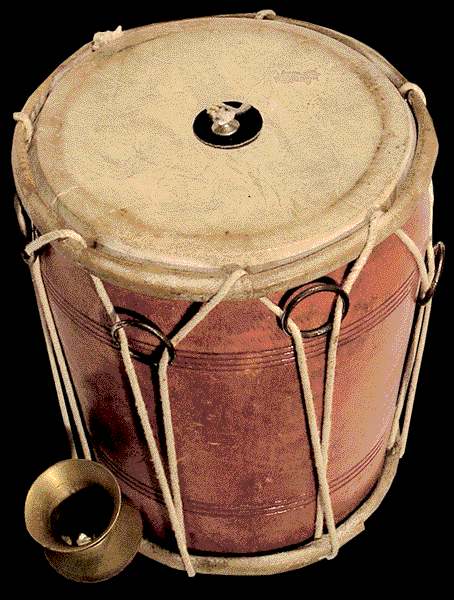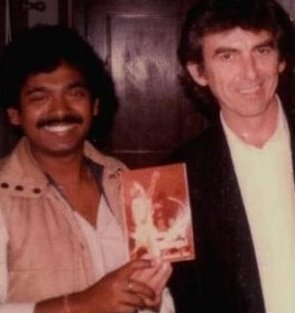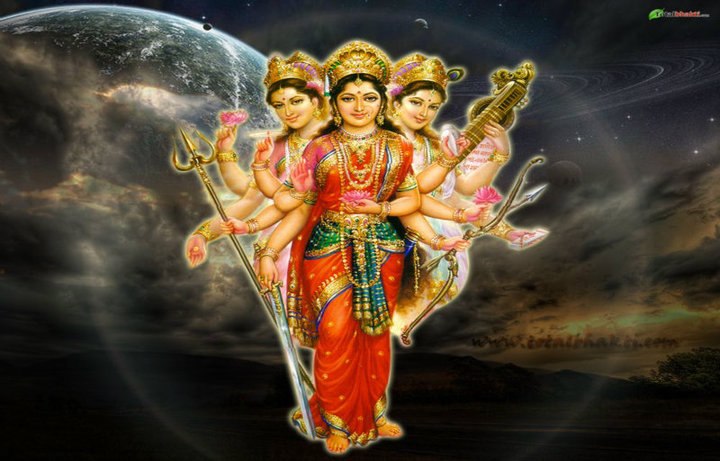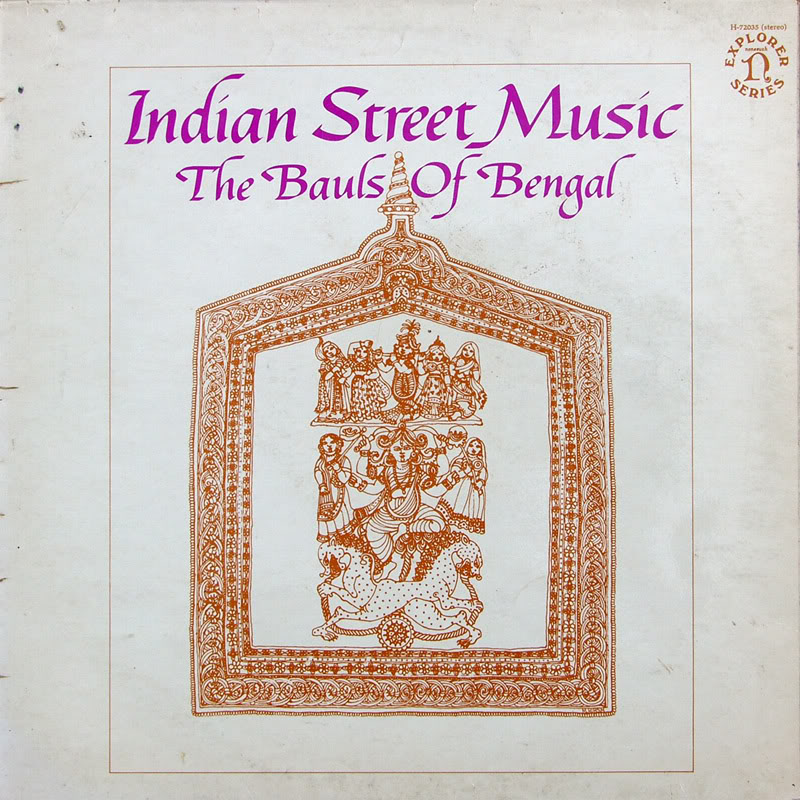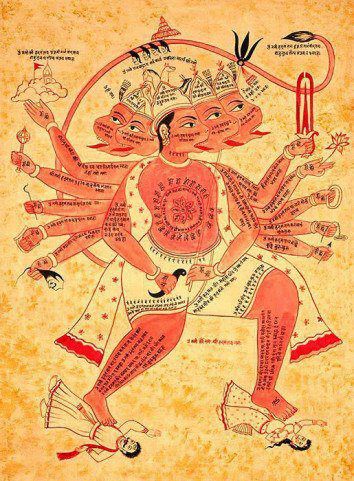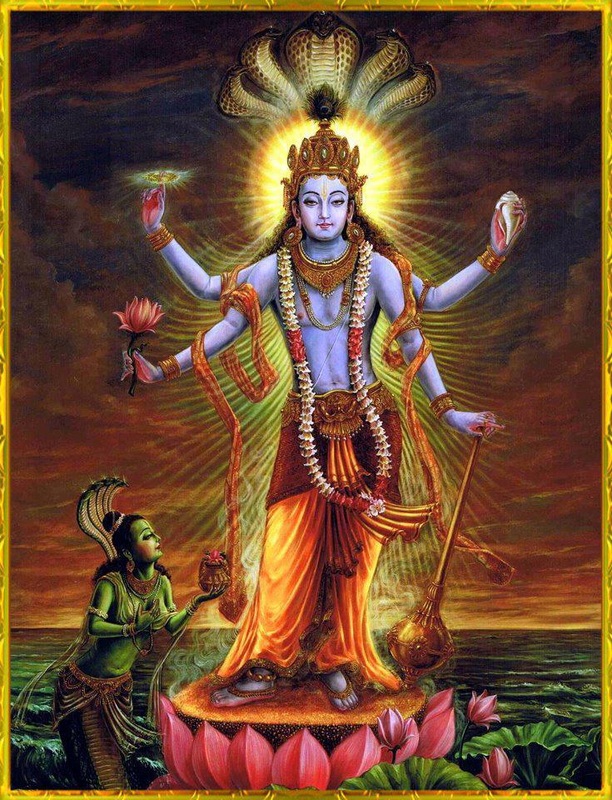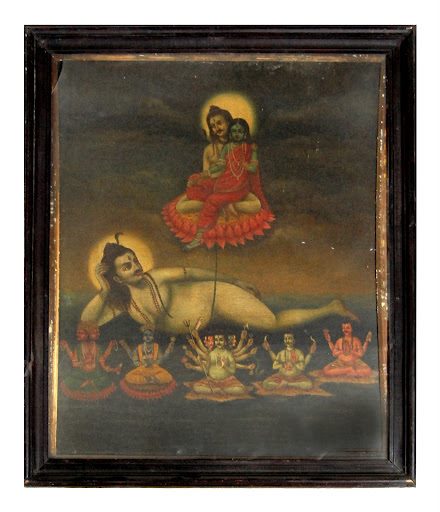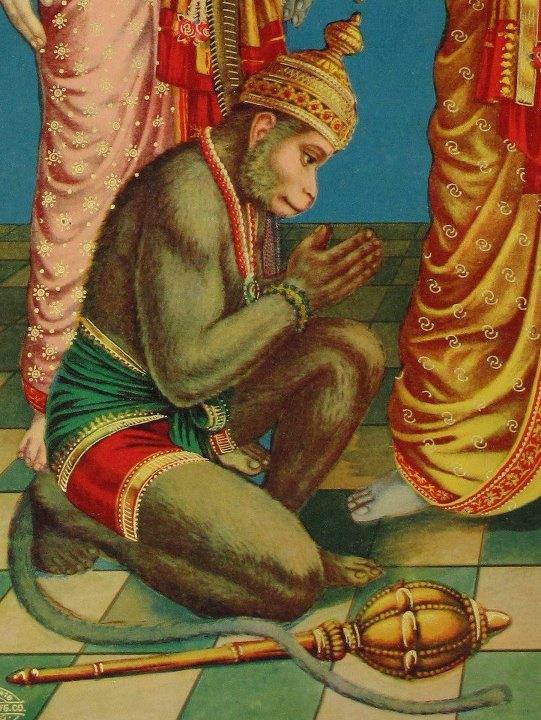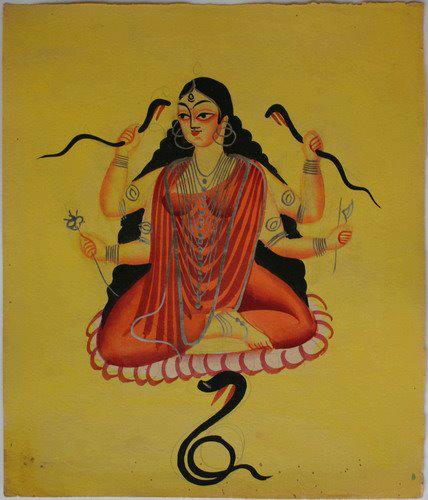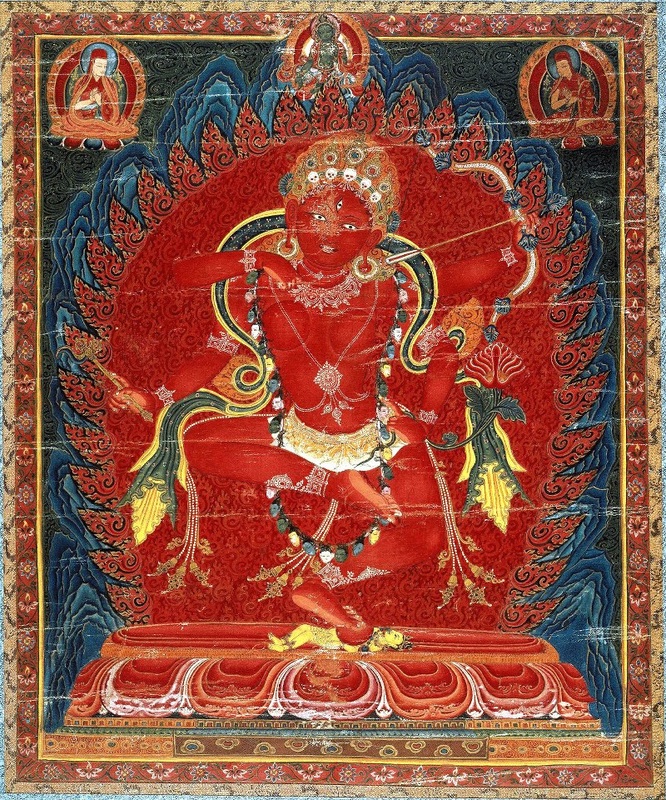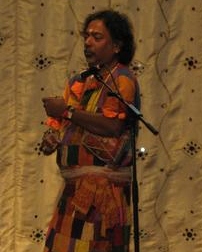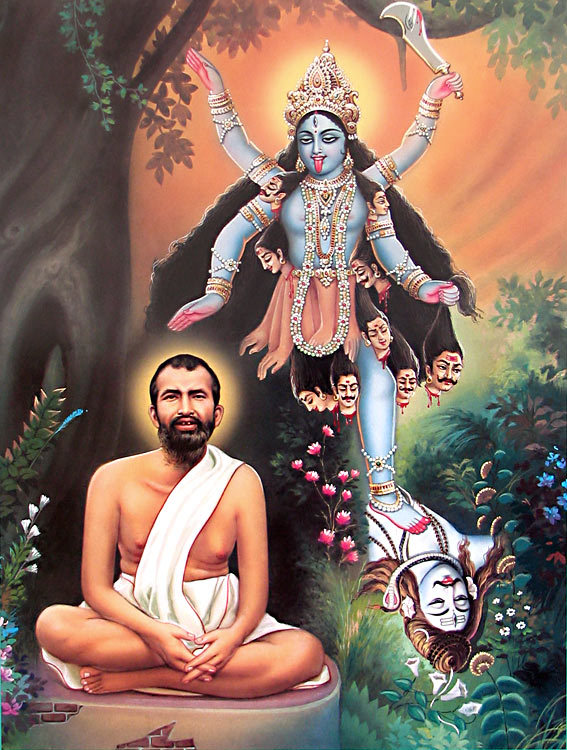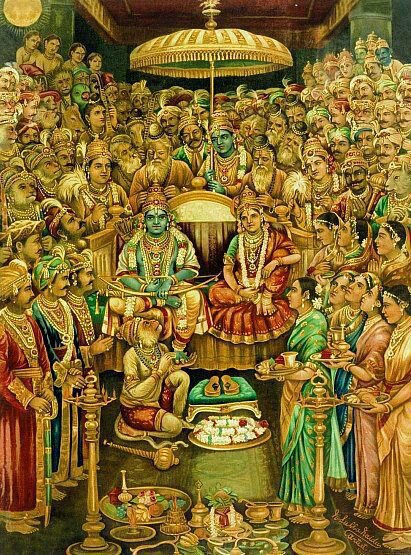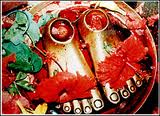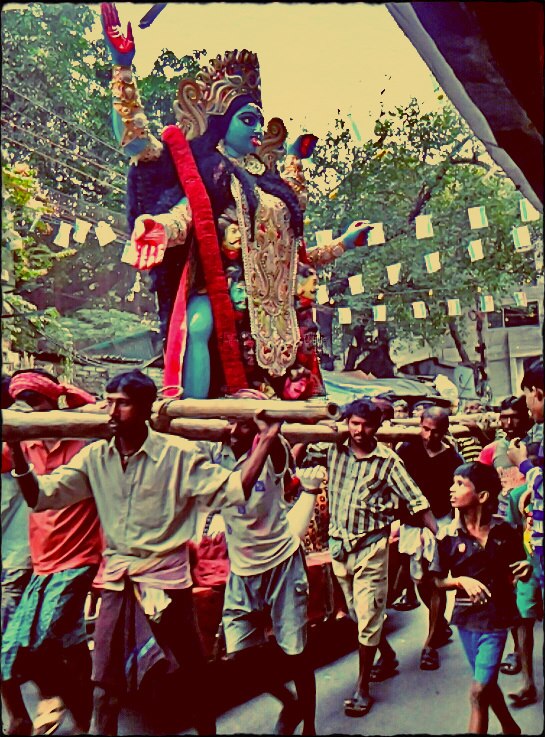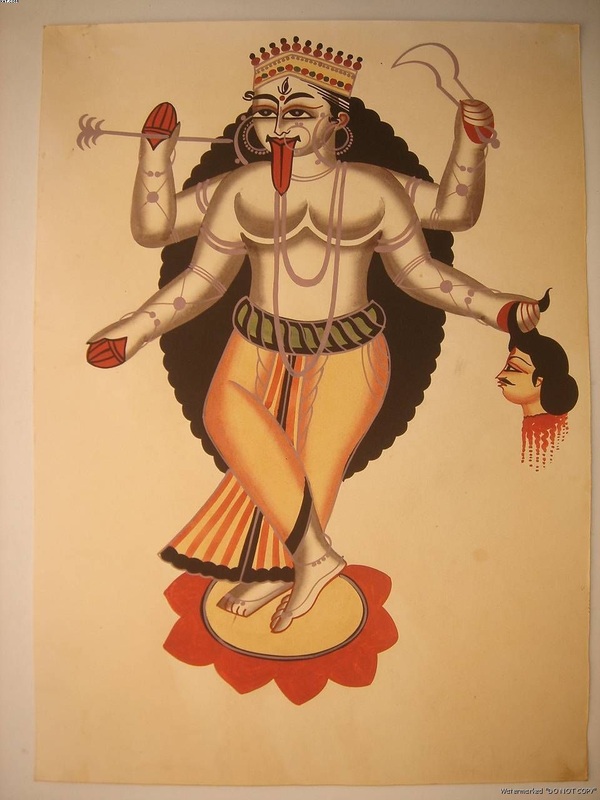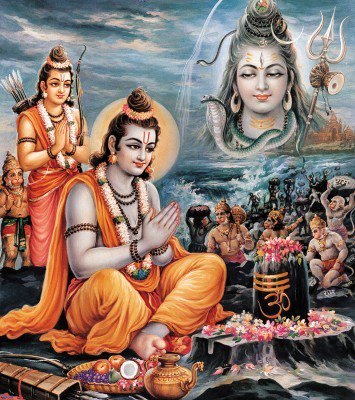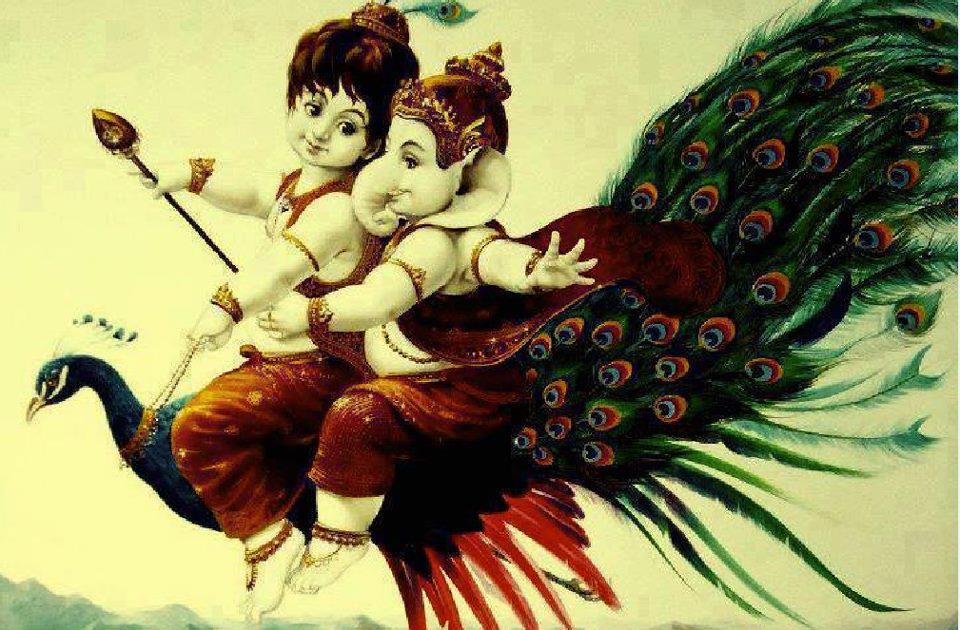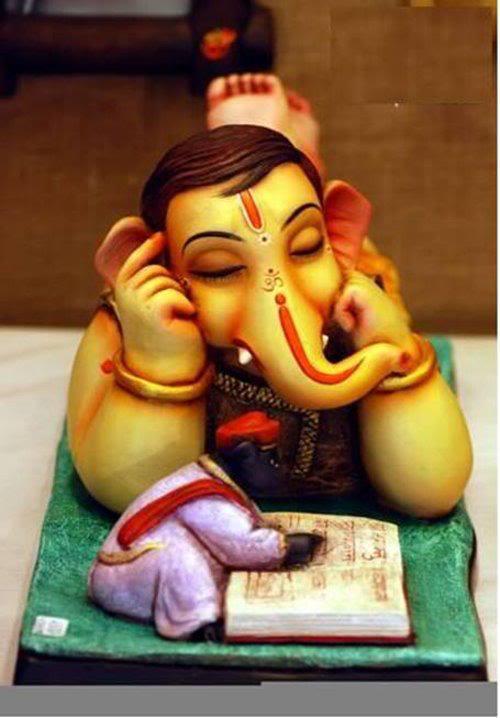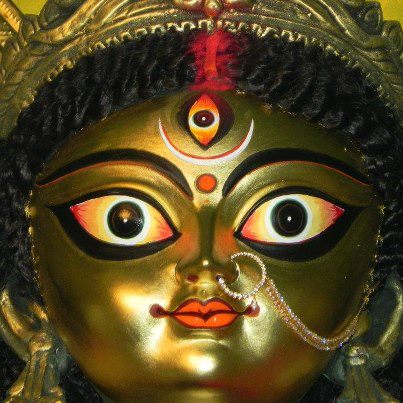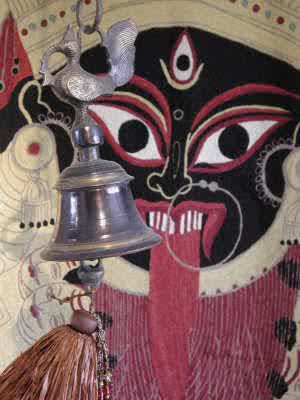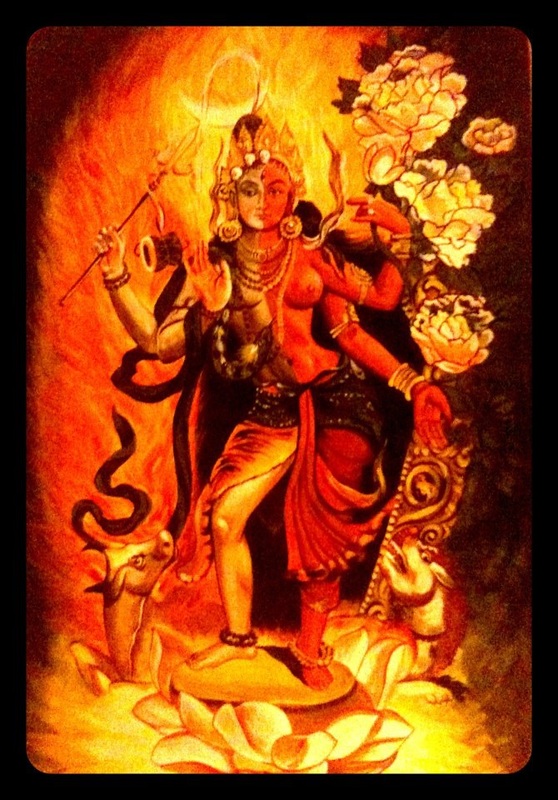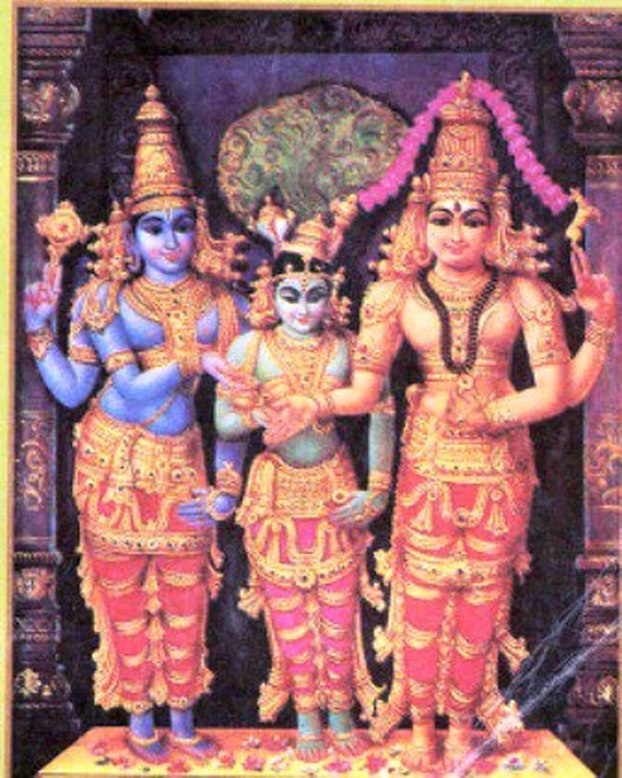
How was this manifestation of Lord Shiva linked to the Kamasutra? By etymological implication, Kalayanasundrar mean God Of Welfare. This is one of the main manifestations of Lord Siva. In Tamil ‘kalyanam’ means wedding; ‘sundaram’ means bliss. So Kalyanasundaram implies Shiva and Shakti as blissful eternal bride and bridegroom. One of the most important meanings of the name Siva in Shaiva Siddhanta, is ‘welfare’. So ‘Shivanamastu’ and the word ‘Kalyanamastu’ bring the same purport to mean ‘May you be blessed’. Lord Shiva is also referred to as Kalyanasundereshvar.
PANCHA MUKHA:
Kalyanasundaram is the representation of Shiva embodying the true spirit of blessedness. The panchamukhas as Ishana, Tatpurusha, Aghora, Vamadeva and Sadyojata. Lord Shiva is said to serve all life forms with five faces, two on the left as Vama-deva and Kalagni; two on the right as Daksineshvara and Ishana and one in the centre as Kalyanasundaram, the Supreme Controller.
UNION:
Shiva-Shakti yoga is much written about in srutis, smrtis and much more in the Tantric texts. They have been the subject matter in the Kamashastras and Kamasutra also. Kalyanasundra Murthi is a direct reference to the wedding proper. At a metaphysical level, the union signifies the union of Truth-Siva; Wisdom-Shakti and resulting birth of Ananda-Skanda. Thus it is the birth of Bliss and Tantra has a different way of explaining this Bliss. In many Shaivite temples, the Shiva-Shakti wedding depicting spiritual Yoga is celebrated annually and also to celebrate Mother Parvati blessing the universe with the birth of Kumara, the destroyer of demons.
WEDDING FUNCTION:
The highlight of the wedding is the attendance of Lord Mahavishnu himself. Despite all that is written in the Puranas and Upapuranas about the tensions between the Trimurtis, it is also equally true that Mahavishnu had a fair share in prompting the mendicant, meditative Shiva to be householder. The universe was becoming bleak and dark when Lord Shiva goes into his Mahayogi state for centuries on end. At the instance of young Gauri praying to Brahma, Mahavishnu sends Kama to pierce an arrow but Kama is reduced to ashes by Shiva’s third eye. Kama is later brought back to shape as Manmata by Shiva himself. But by then the cupid’s arrow has been struck and the Lord lays eyes on Gauri-Parvati.
Not seeking any glory, Mahavishnu himself descends to view the great wedding event. Intellects, siddhars, rishis and celestial beings were there in the thousand to view this wedlock. It is said that the weight of the audience offsets the balance on earth, so the sage Agastiyar was sent south of India to call it a balance. That actually implies the greatness of Agastiyar as one man opposed to the thousands who attended the wedding. It is said that as the beauty of the divine couple turned everyone breathless with excitement and reverence as the great Lord was to tie the nuptial knot with his beloved. Parvati had earned the tali by her severe austerities and tapas to win over Kalyanasundram.
Another highlight of this wedding is Lord Mahavishnu’s direct role in giving away the bride. The ambiance is charged for it is Lord Mahavishnu Himself who gives Parvati's hand to Lord Shiva who accepts her has his wedded wife. This famous depiction is often reflected in art and temple sculptures. It would be quite improper for Shaivites, knowingly or unknowingly, saying things to the contrary.
The Shiva Purana states that ‘with the conch shells blowing and the drums beating, the universe echoes just one note, the primordial sound of creation. The intensity is high and the great souls themselves have been driven to excitement and high emotion. The sheer brilliance of the moment, the shimmering lights, the shining glow on the faces of these great beings makes this an exalted experience that one cannot forget, for it is not driven by time but its driven by high blissful emotion that renders any great soul who is a part of this pantheon a complete slave to this supreme blissful state’.
Meditative Lord Shiva now, a married man, gets into celebrative mood. So He dances for in front of the assembly. Shiva Tandava of the wedding day was a rare bonanza. The wedding hall was shining the brilliance of a million suns glowing together. It was a day in which everyone got to see Shiva Nataraja in all smiles as his skin glowed and fragrance of flowers spread in the hall.
Nandikeshswara’s mridangam beat and Lord Shiva’s salangai sound and beat reverberated the whole of the universe. Lord Shiva was the natya master of the day. His eyes twinkled as the primordial sound of the Damaru shook the hall vigorously. The Ganges was flowing over with bliss and the whole of Prakriti was in celebration mode. While the audience witnessed Shiva’s serpents dancing with gem studded hoods, the sages below heard all of this as silence. The wedding hall was representative of Prakriti as Parvati set the stage as Shiva’s material energy. Shiva’s grand performance of life, the dance of vigor, the rythms of the movements, the Bliss and Grace was undisputedly the half of Her that the Lord relied on. This was the Ananda Tandava.
HONEYMOON AND KAMASUTRA:
Thereafter the Divine Couple left for Kailash. That is where their permanent abode was to be; at the top of the Himalayas. They alternated between Mount Kailash and another, the Mandara Mountains. The Lord was more prone to roaming the mountains with His new bride, Parvati, the Goddess of Love and Beauty. They scaled the whole of Kailasha where they spent many blissful years in sacred yoga. Parvati had successfully enchanted the Lord to leave behind memories of Sati, His first wife and with the help of Kama enchanted the Lord beyond redemption.
For a great while, Shiva and Shakti spent the honey moon wrapped in divine lovemaking on the top of the world. As the Lord converted their physical union into spiritual union with Parvati, they kept the world turning, fusing cosmic consciousness and matter together, for all life and its continuum.
There are various accounts how the Kamasutra got recorded. One states it to be 300 odd years of spiritual union between Shiva-Shakti that rocked the world. Another states it to be a series of yoga from different times that was recorded. Either way, the basic facts are that, Shiva’s gatekeeper, Lord Nandi, the sacred bull that happened to hear the pillow talks and love-making. Their private episodes, so inspired the sacred bull Nandi that he made an utterance that later got recorded and passed down to mortals for dharmic procreation, well being and to see spiritual union in the physical act of lovemaking.
It is also said that Kamasutra history is linked to Prjapati, the God of Creation who declares the Kamasutra chapters. Lord Shivais later said to have assembled the chapters and these were compressed by Shvetaketu, the sage Uddlaka’s son. Vatsayana is said to have played the role as transcribing Kamasutra in the Sanskrit language in the form of Sutras.
The Kamasutra, as popularly believed does not have a titillating purpose but a spiritual and philosophical one. The sensuous treatise Kama Sutra is an integral part of the larger Kama Shastra which means ‘Discipline of Kama’. It describes achievement of Dharma, Arta, Kama and Mokhsa as four basic goals governing the three stages of human life: childhood, youth and old age.
In Vatsayana’s words, a sensible and righteous man must segregate his lifetime wisely so that there is a balance between religion, wealth and carnal pleasures. There is an admonition that one should not infringe the other and the overall philosophy that unleashing sexual energy is a spiritual expression of life force, ojas, which finds expression in the warmth of human emotions.
Tantra took this in various forms and found new expressions of foreplay and afterplay to represent the creative spiritual relationship of Cosmic foreplay and afterplay of Purusha and Prakriti. Tantra seeks that Shiva-Shakti or Radha-Krishna spiritual union as finding a soulmate for spiritual intimacy. The message is the same, that the physical act of two bodies is all but the Jivatman merging with the Paramatman in absolute Bliss. In Tantra, when there is such union, it is cosmic orgasm and total ecstasy and eternal Bliss.
TEMPLE:
Thirumanancheri is located near Kuttalam in South India. It is one among the popular temples of Lord Shiva, where He is devotedly worshiped as Kalyanasundareswarar and His consort, mother Parvati as Goddess Kokilaambal. In Sanskrit the lord is also called as Uthvaanganathar. In Tamil they are addressed as 'Arul Vallal' and 'Kuyilinmenmozhiammai'. It is a belief that Manmathan worshiped Lord Shivaat this stahalam. The Thrimanacheri shrine is linked to the divine wedding. ‘Thiruman’ means wedding. According to legends, this temple overcomes the obstacles of marriage. The usual offerings are wedding garlands and bhaktas returning for their prasada.
By Yogi Ananda Saraswathi
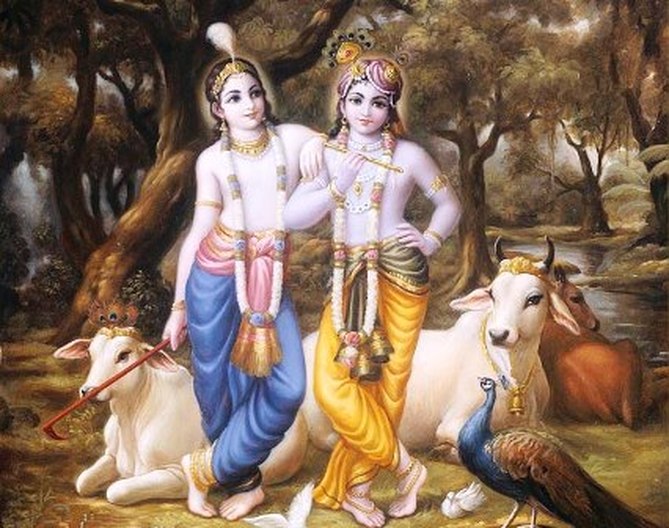
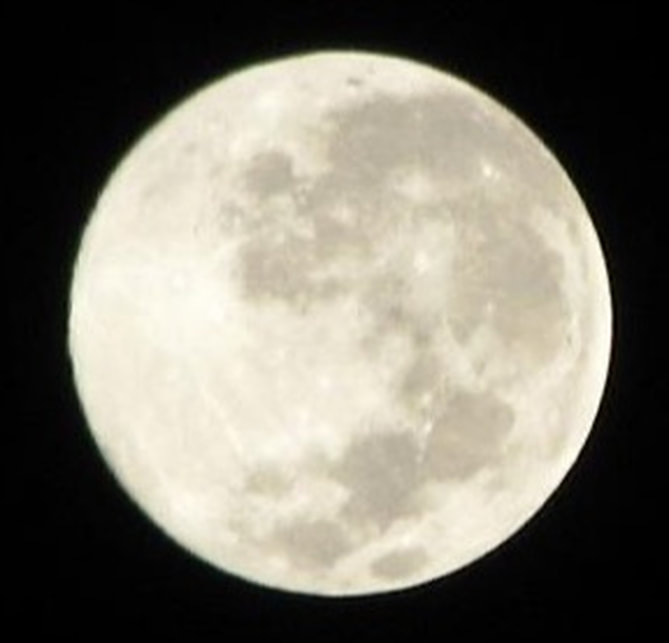
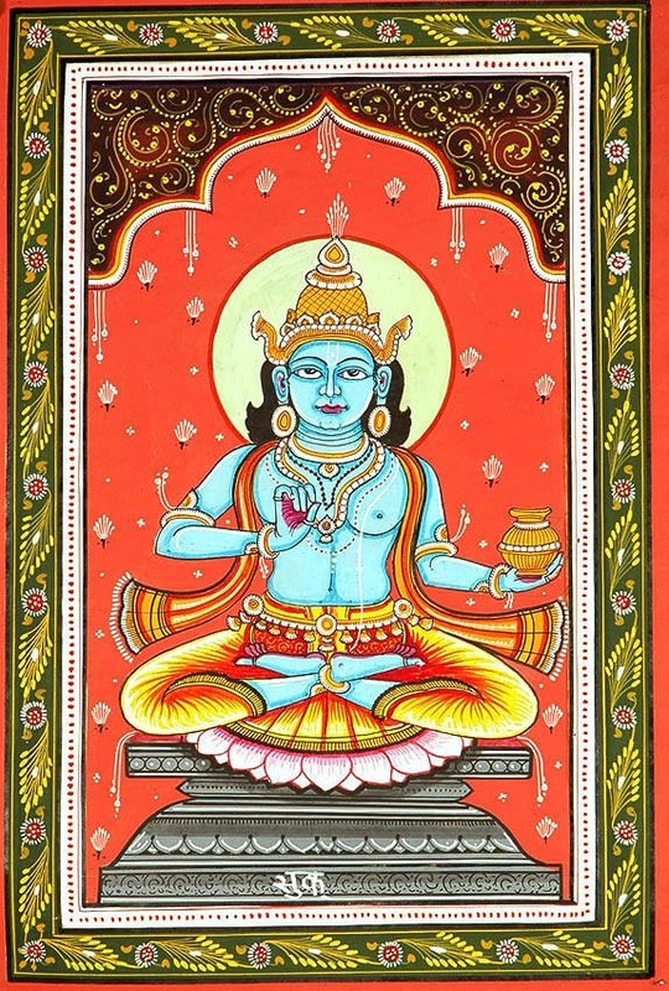
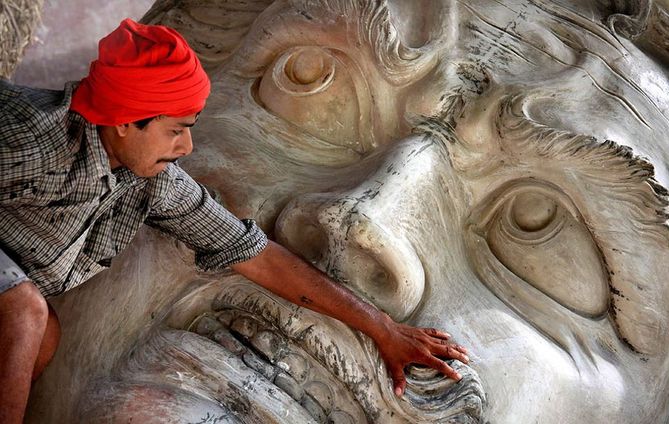
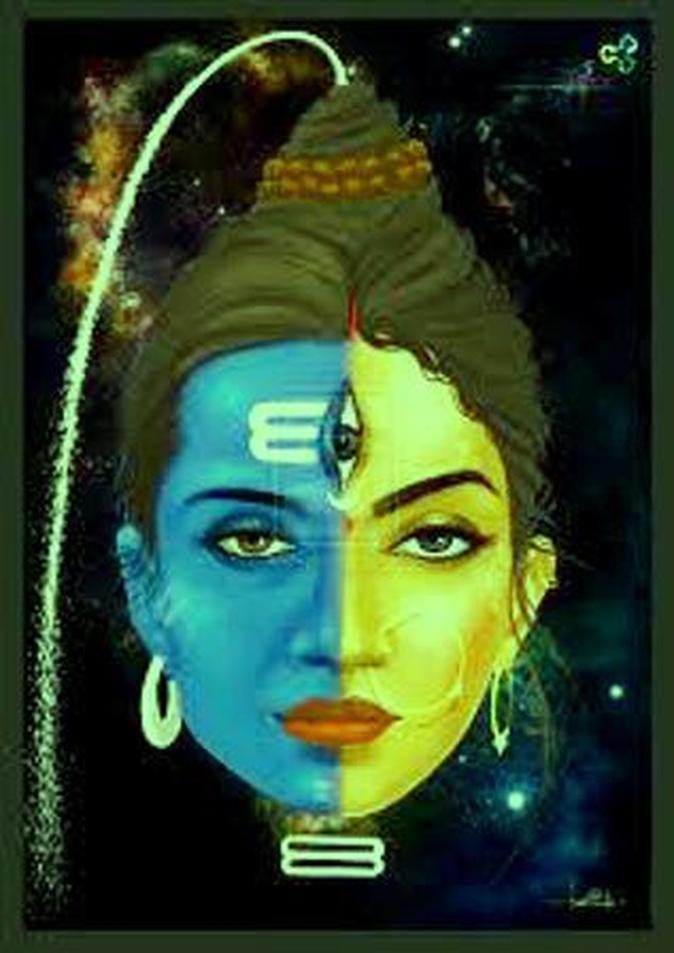
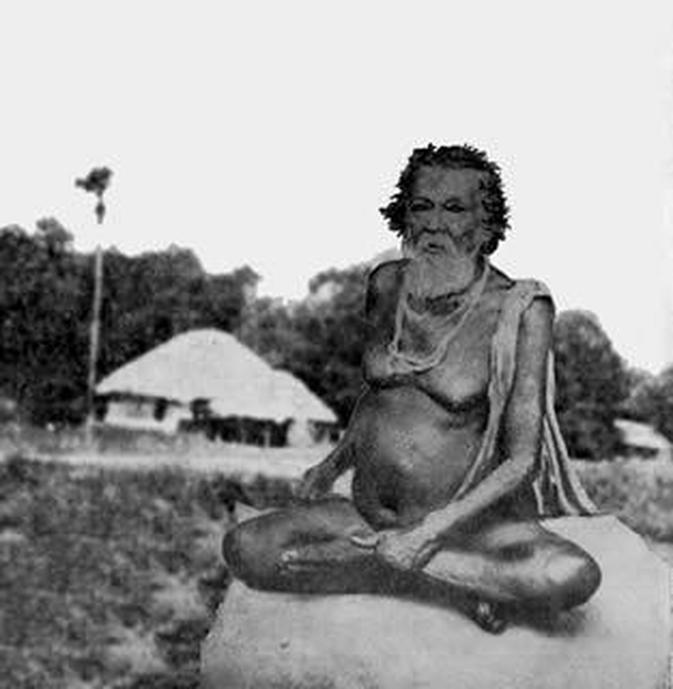
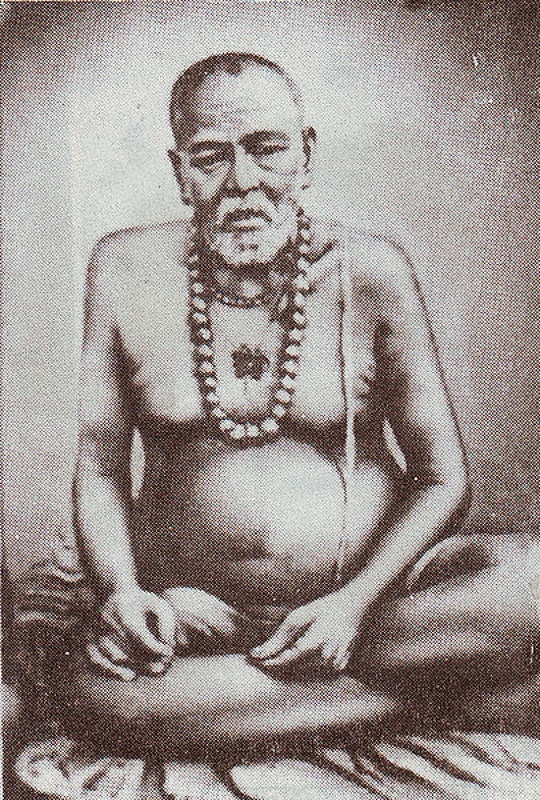
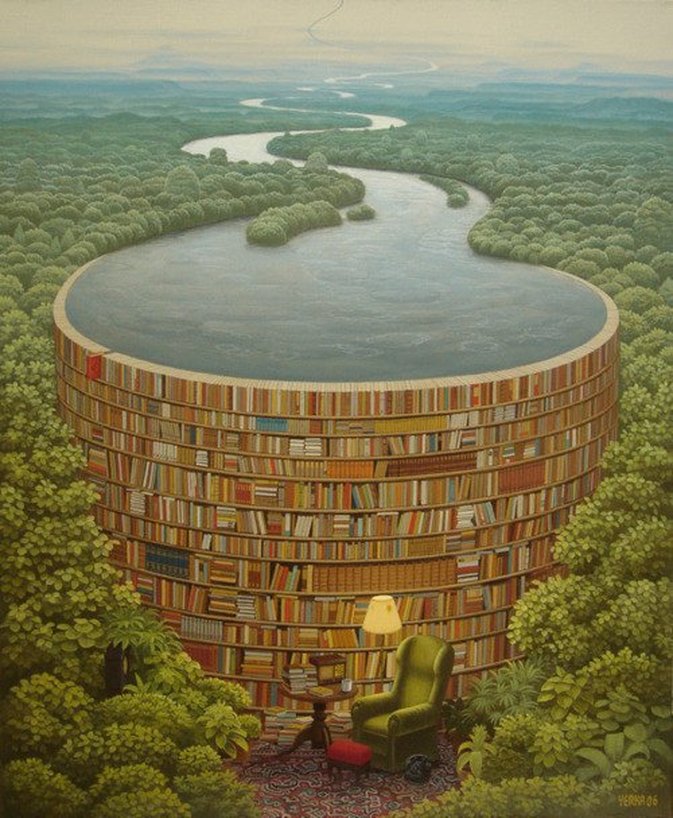
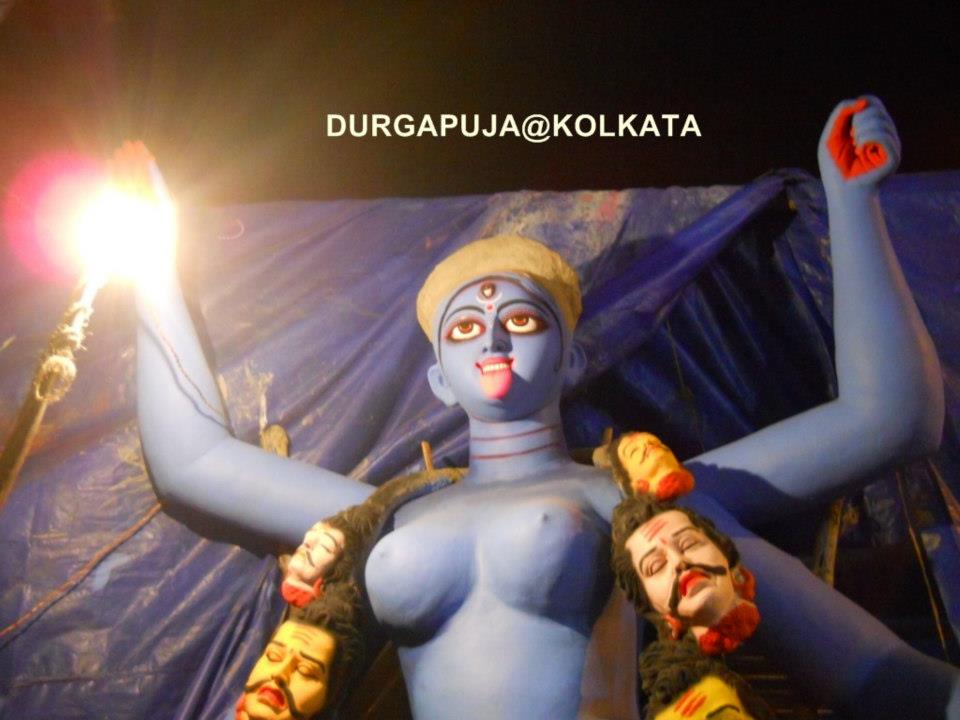
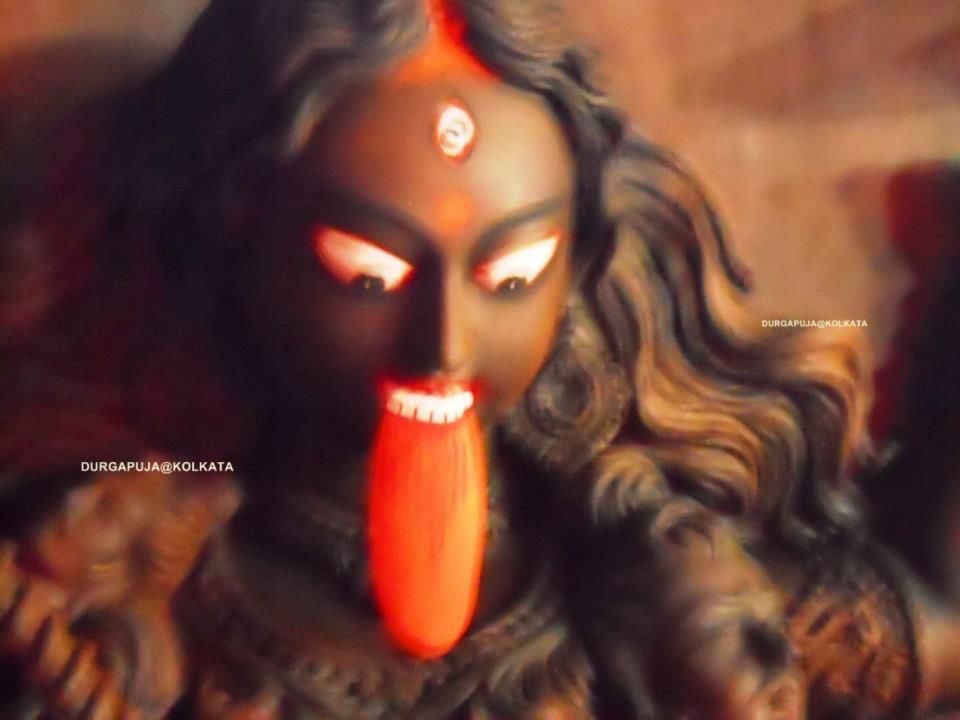
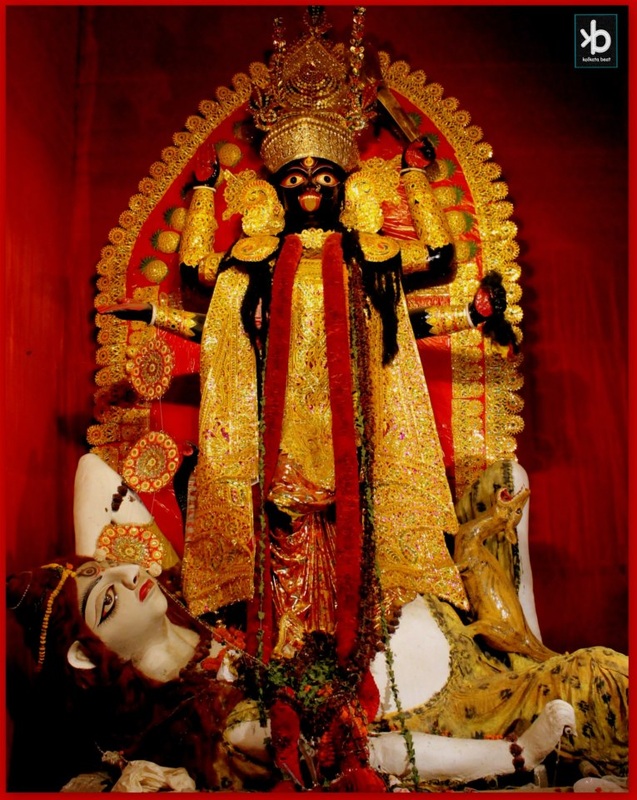
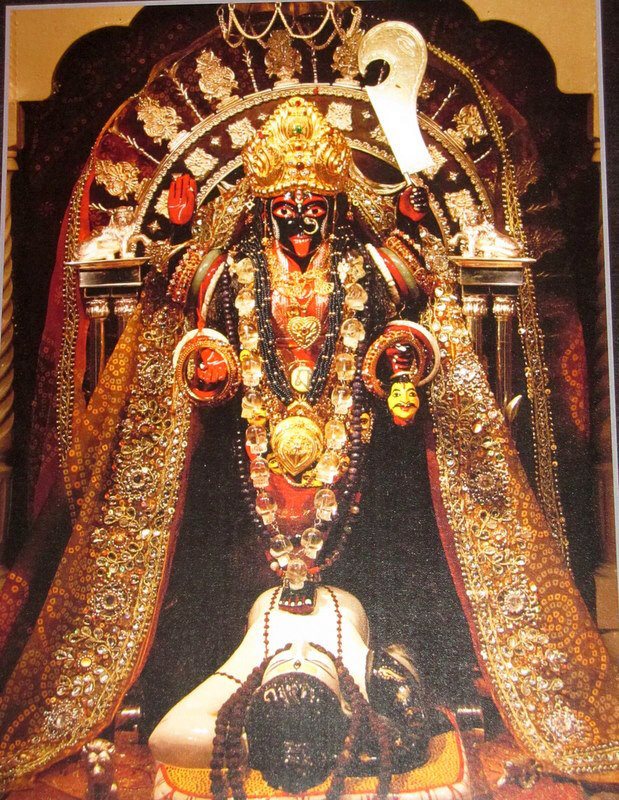
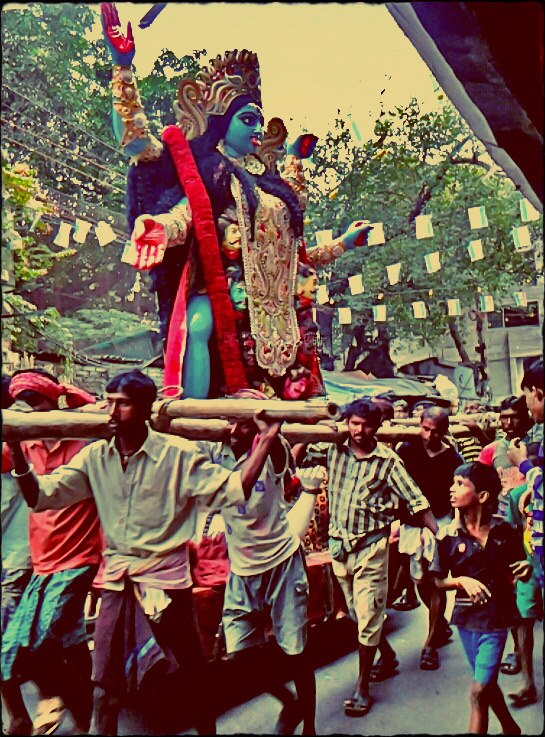
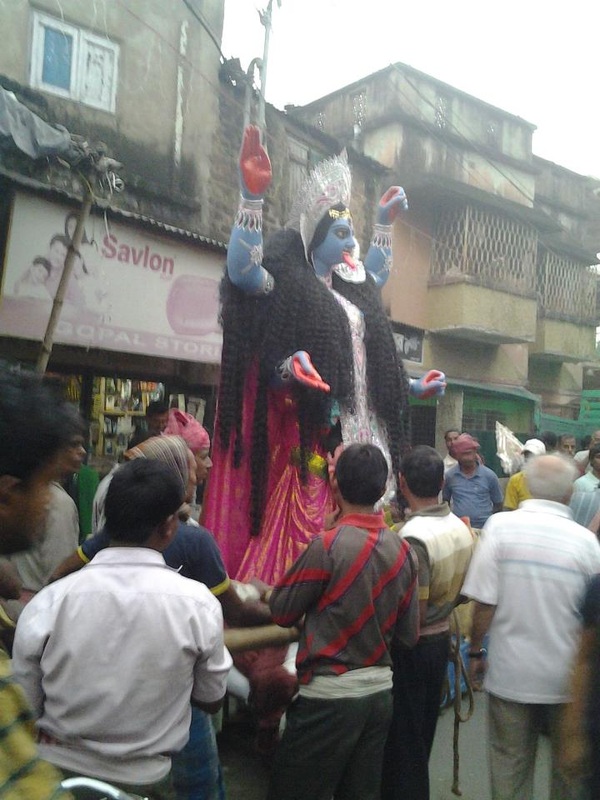
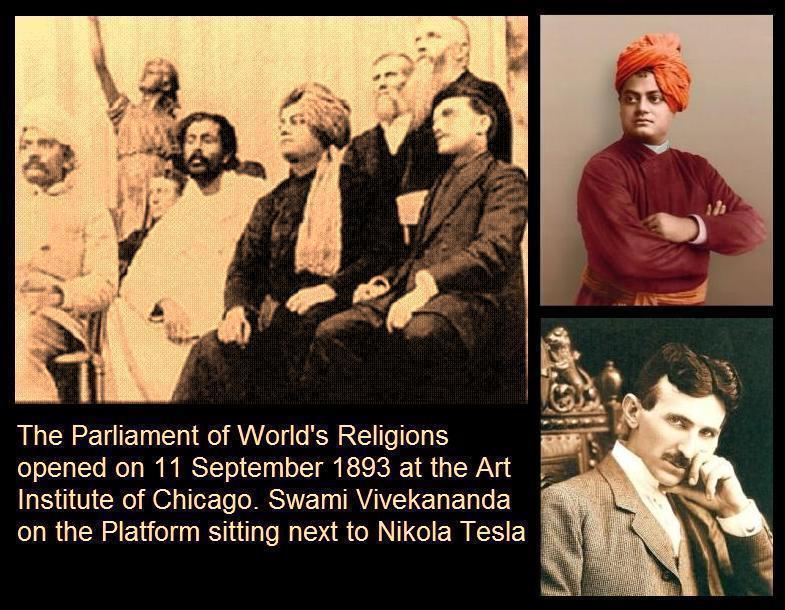

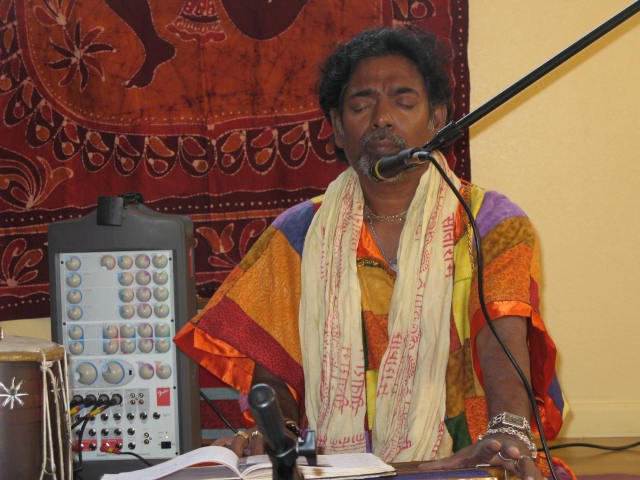
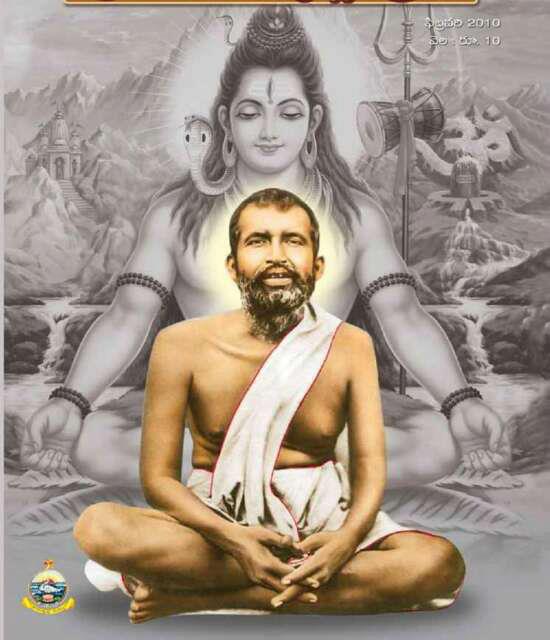

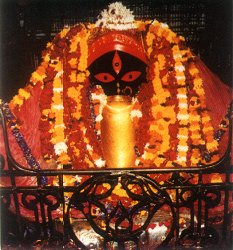
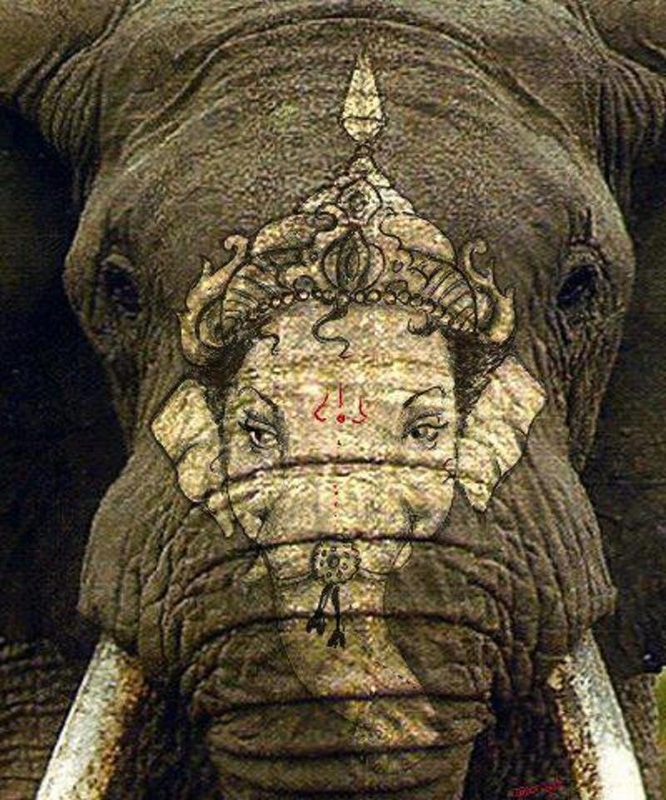
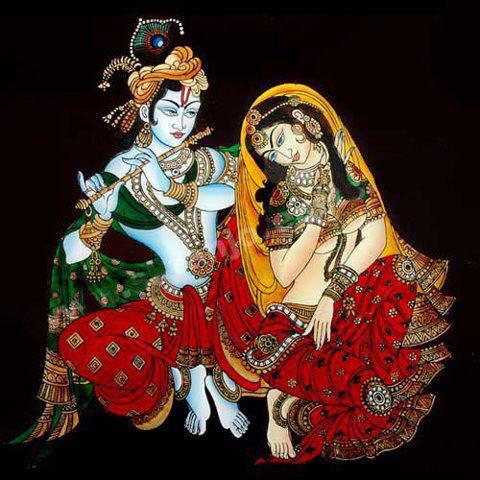
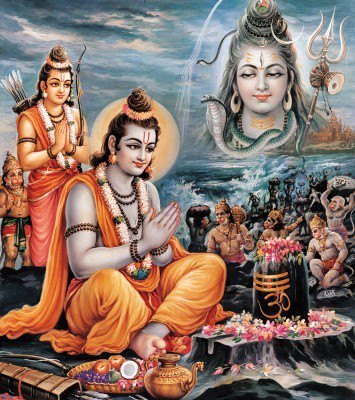
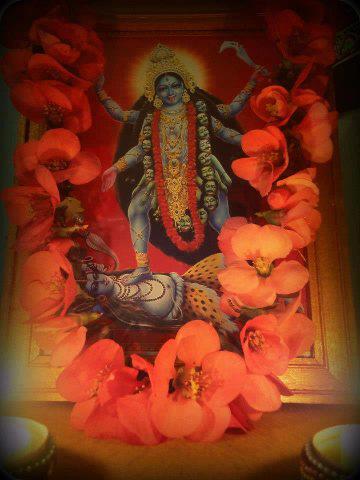
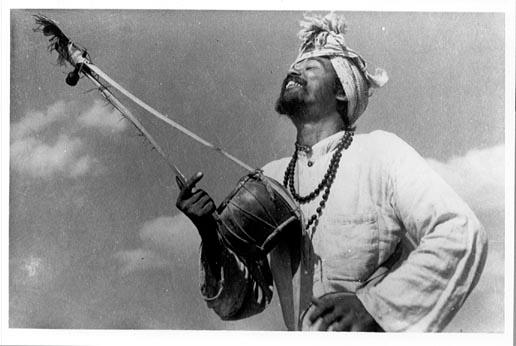
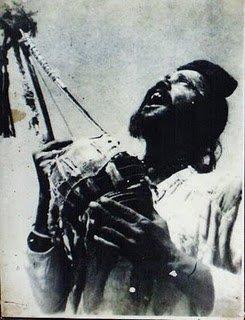
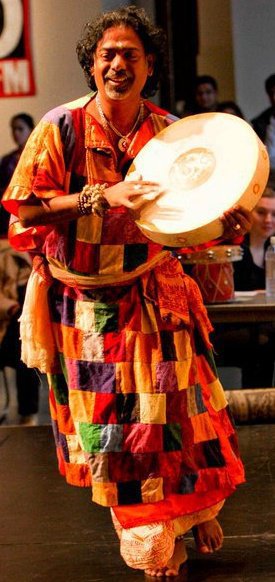
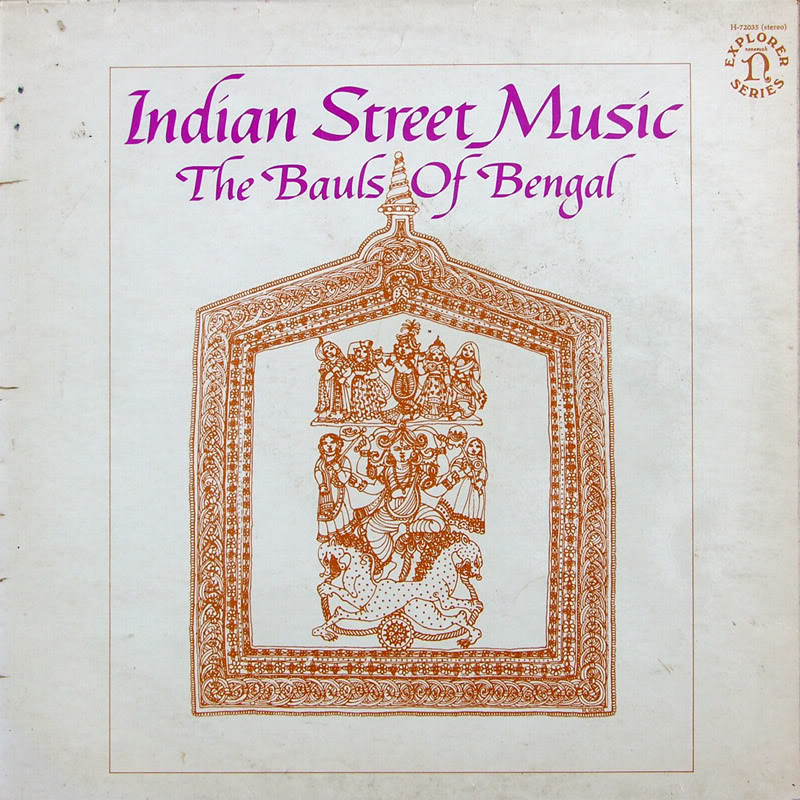
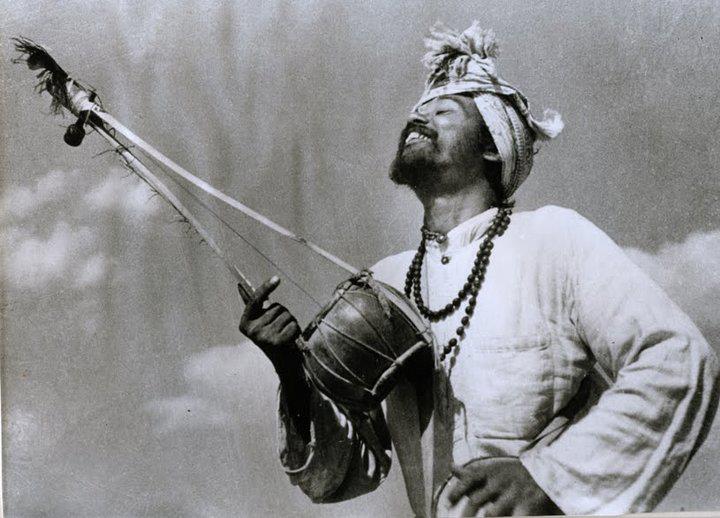
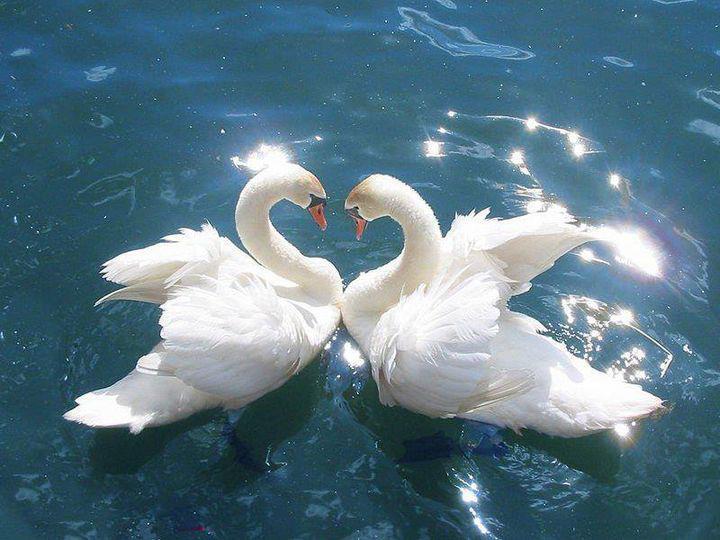
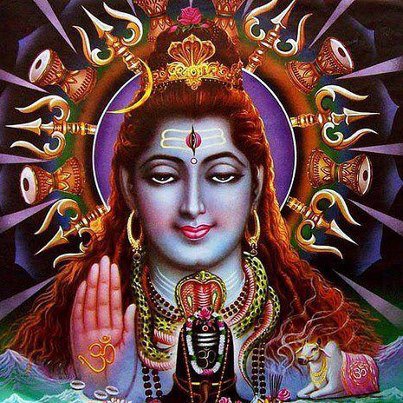
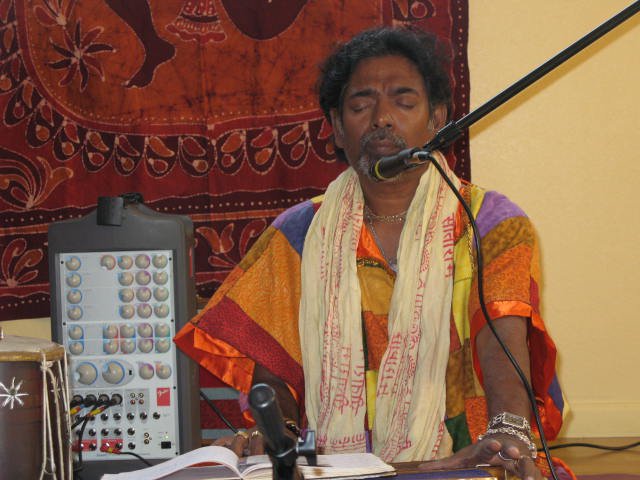
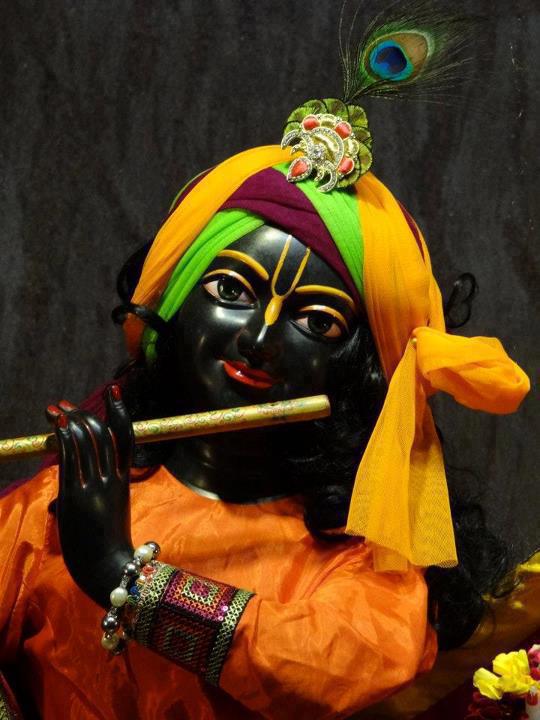
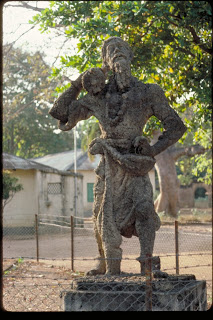
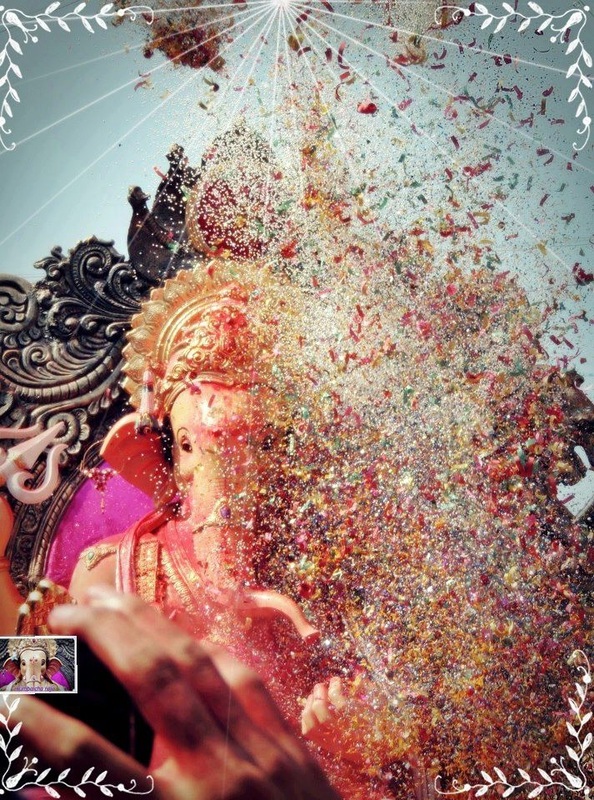
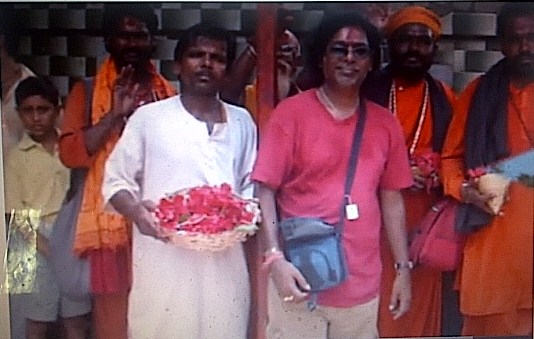
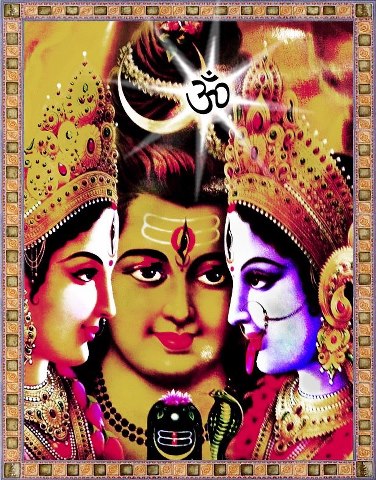
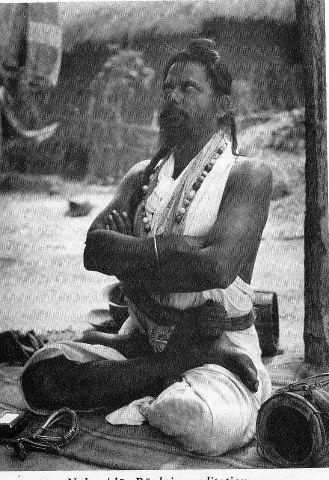
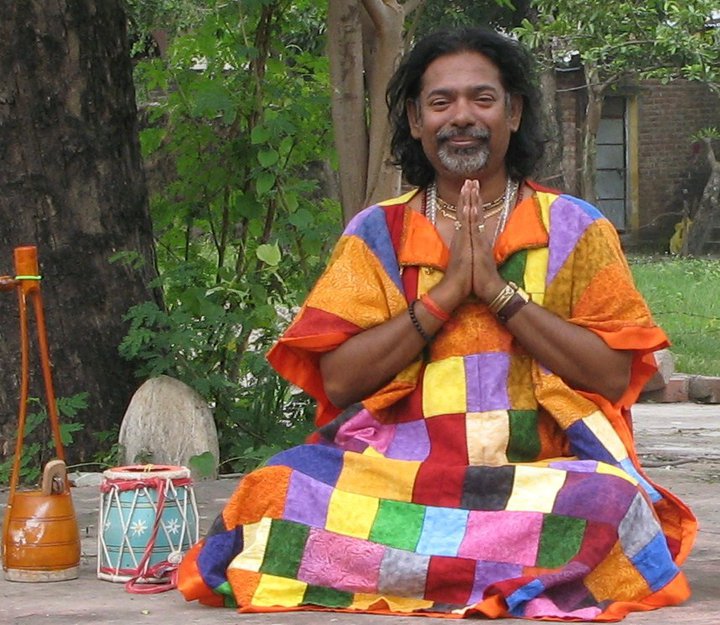
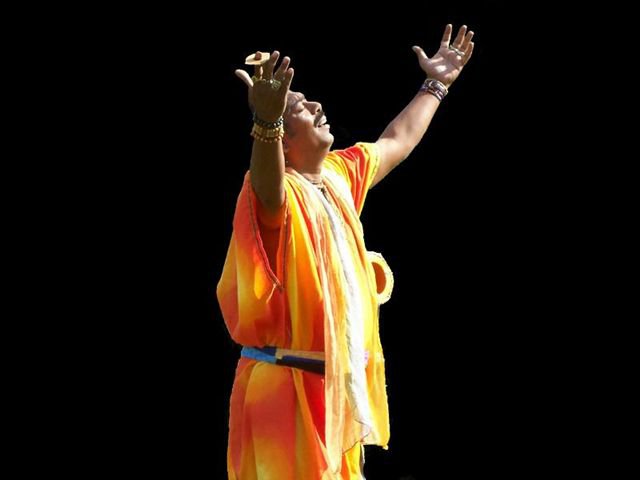
 RSS Feed
RSS Feed
